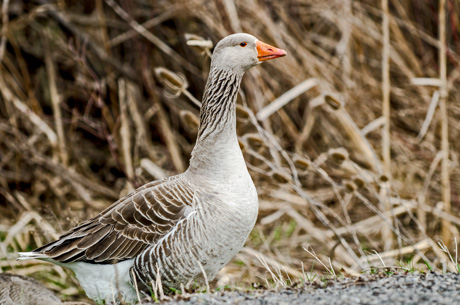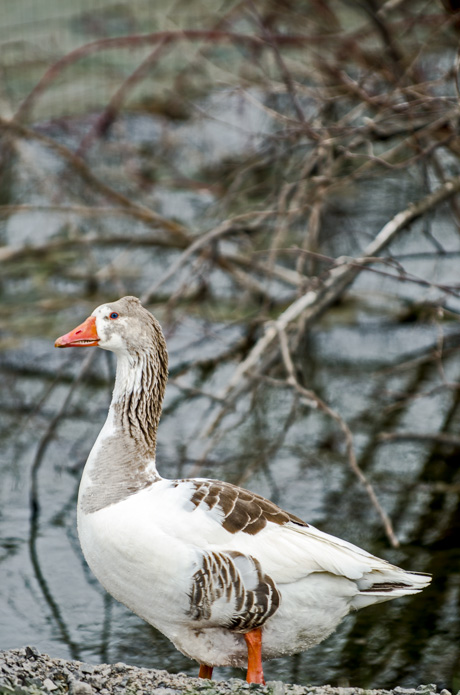Iroquois National Wildlife Refuge announces Young Waterfowlers Program
Press release:
Iroquois National Wildlife Refuge, in partnership with the Lake Plains Waterfowl Association, will host its 42nd Annual Young Waterfowlers Program. The program will include an orientation class at the refuge headquarters and a youth-only hunt day on Saturday, Oct. 3.
This date is tentative pending approval of the recommended New York State youth waterfowl hunting dates. The Young Waterfowlers Program will be open to junior hunters between 12-15 years of age. There is no charge but space is limited with preference given to first time participants. Pre-registration does not guarantee participation. Those selected will be notified by mail.
To pre-register, complete the Waterfowl Lottery Application Form and return it to the refuge headquarters at 1101 Casey Road, Basom, NY 14013 by the deadline of 4 p.m., Sept. 8.
Application forms can be requested by mail, by phone, in person, or email at iroquois@fws.gov. A PDF version of the form may also be downloaded and printed from the refuge Web site http://www.fws.gov/refuge/iroquois.
The orientation class date will be announced at later date. The morning session of the orientation class will consist of a New York State sanctioned Waterfowl Identification Certification class from 8:30 a.m. – 12 p.m.
The afternoon session from 12:30 – 3 p.m. will cover decoys and calls, ballistics, clothing and equipment, hunter ethics and safety, an overview of the refuge waterfowl program as well as a retriever demo and trap shoot. The afternoon session is mandatory in order to participate in the hunt, except for those who have been through the program at least twice before.
All junior hunters will be required to have a guide with them on the day of the hunt. We strongly recommend each junior hunter secure their own guide prior to orientation in accordance with DEC Junior Hunting License Regulations. We have a limited number of guides who can volunteer; therefore we cannot guarantee a guide for each junior hunter.
For additional information about the program, please contact Madeline Prush at 585.948.5445. Individuals with disabilities and any other person who may need special assistance to participate in this program should contact refuge staff at 585.948.5445 or at the Federal Relay No. 1.800.877.8339.
Iroquois National Wildlife Refuge is located midway between Rochester and Buffalo and is managed by the U.S. Fish and Wildlife Service.
The mission of the U.S. Fish and Wildlife Service is working with others to conserve, protect and enhance fish, wildlife, plants and their habitats for the continuing benefit of the American people. We are both a leader and trusted partner in fish and wildlife conservation, known for our scientific excellence, stewardship of lands and natural resources, dedicated professionals and commitment to public service. For more information on our work and the people who make it happen, visit www.fws.gov.


